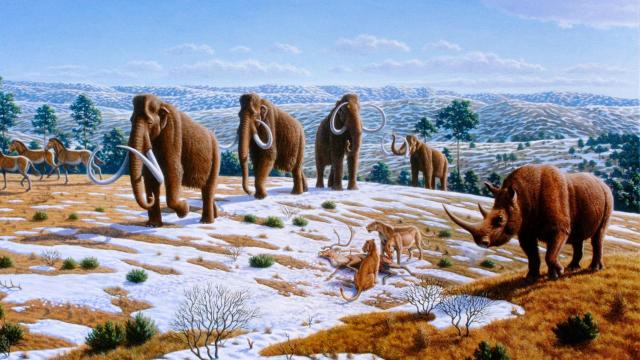Life on Earth is a lot like that song by Chumbawamba. It gets knocked down, but it gets up again, often in a very different way. Through time, species have figured out how to get on land from the water, how to fly, how to give birth to live young, and, most importantly, how to persevere through millennia. But some epochs of Earth were simply more awesome than others, and we’ve ranked our top seven here. All of them nicely encapsulate what can happen in just a few million years.
7. Anthropocene, present

So here’s where things went wrong. A single species managed to heat and pollute the globe and cause mass extinction. Humans are as intelligent and inventive as we are gluttonous and torpid in the face of obviously needed change. Some naysayers dislike this epoch’s moniker — Anthro, for humans — because they do not believe we could so aggressively change the entire planet’s cycles, while others think it’s a bit egoistic to name a cycle after ourselves (they suggest we’re still in the Holocene, the epoch that started about 11,700 years ago). The Anthropocene is a term used to describe the time in which human actions have come to define the global landscape. When exactly it started is cause for debate; the advent of agriculture, the Industrial Revolution, and the dropping of the atomic bomb have all been pitched as arrival points for this epoch.
6. Late Permian, 260 million to 251 million years ago
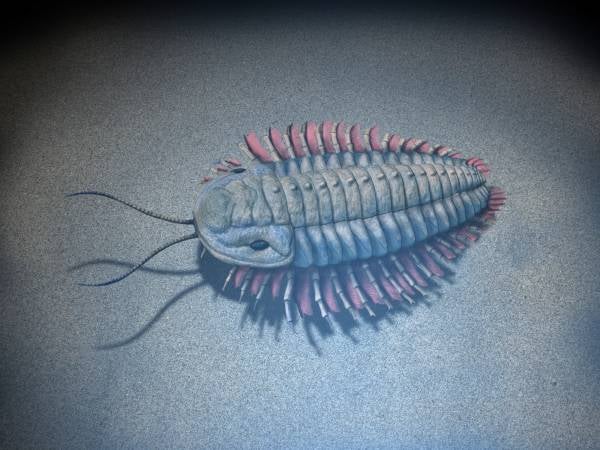
The Late Permian was a rough time to be alive, especially if you were an ocean dweller. About 252 million years ago, the largest mass extinction in Earth’s history occurred, wiping out 96% of all marine life and about two-thirds of large life on land. Recent research has indicated the “Great Dying,” as the extinction event is known, was caused by a global warming that prevented oceans from holding enough oxygen for sea creatures to breathe. The oceans may have become so acidic thanks to a huge amount of volcanic activity. Whatever the cause, we lost a great many species, including the iconic trilobites that had persevered for so long on seafloors.
5. Eocene, 56 million to 34 million years ago

Great times. Basically the prequel to the Pleistocene in terms of mammalian domination, the Eocene was the middle epoch of the Paleogene, which came on the heels of asteroid impact that did away with nearly all dinosaurs. It saw the rise of ungulates (toed and hoofed mammals) like tapirs, rhinoceroses, horses, elephants, and deer. Cetaceans like Pakicetus (the most famous ancient walking whale) also enter the fossil record. Temperatures were hot and humid, and mammals diversified across Earth. For much of the Eocene, there wasn’t even ice on the planet’s poles. But the Eocene ranks lower than the Pleistocene for sheer lack of woolly mammoths and Neanderthals.
4. Paleoarchean, 3.6 billion to 3.2 billion years ago
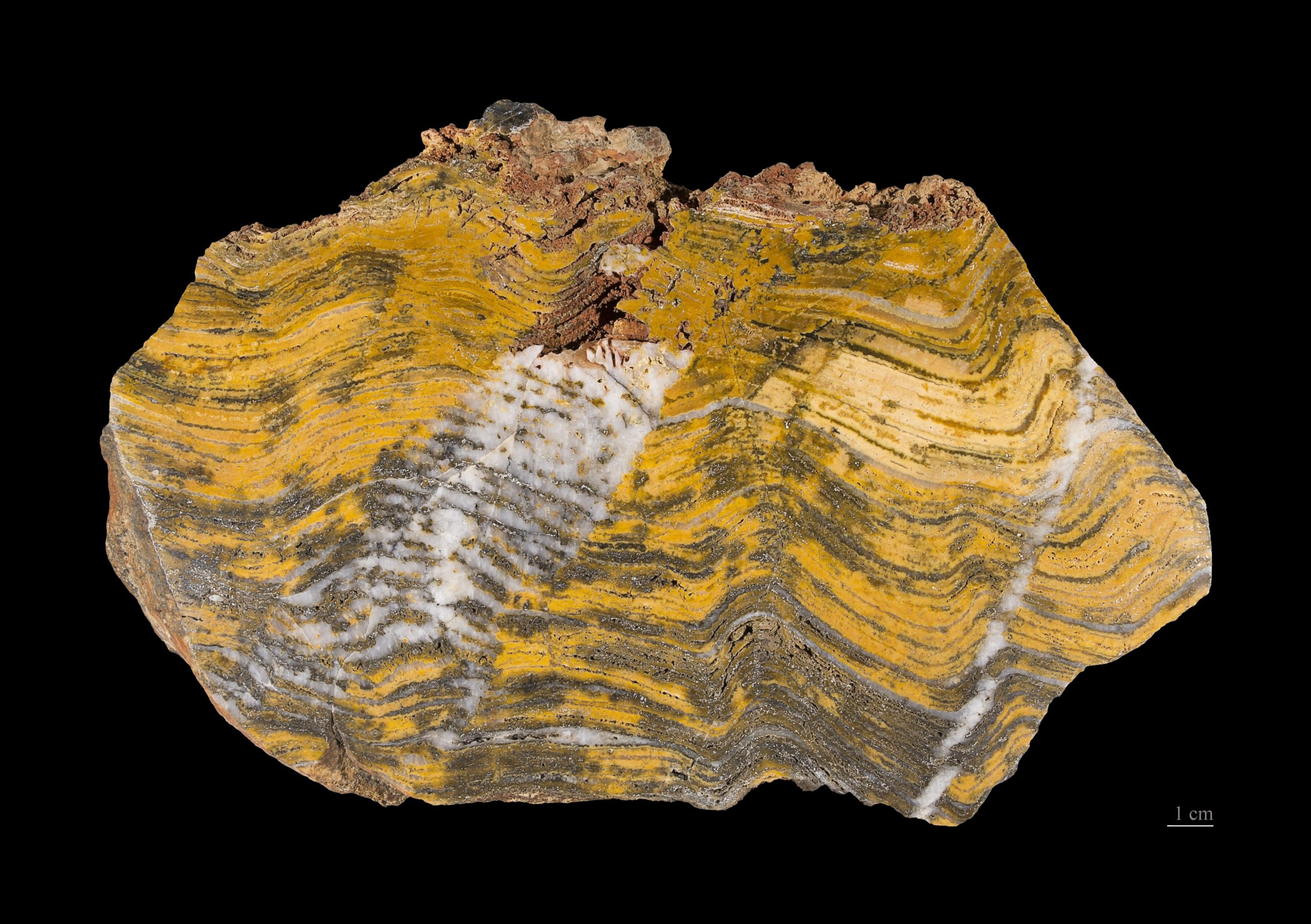
Let’s take a step back, to the earliest known life on Earth, which comes up during the Paleoarchean Era (technically not an epoch, but this was so long ago that things kind of blend together). The common analogy for understanding the rapidness of the evolutionary process is the length of your outstretched arm, from chin to fingertip.
If your chin is the formation of Earth 4.6 billion years ago, then humanity’s abrupt development is a millimetre-thick shaving of the tip of your fingernail, and the earliest known life is somewhere around the middle of your bicep — 3.5 billion years ago, when the earliest stromatolite fossils appear. These organisms, photosynthetic cyanobacteria, ossified in layers, marking a gargantuan step in the planet’s development. Arcane as they are, stromatolites are also considered the blueprint for what Martian fossil life could look like, if it exists, and that’s what Perseverance is now actively searching for 295 million kilometres away.
3. Late Cretaceous, 100 million to 66 million years ago
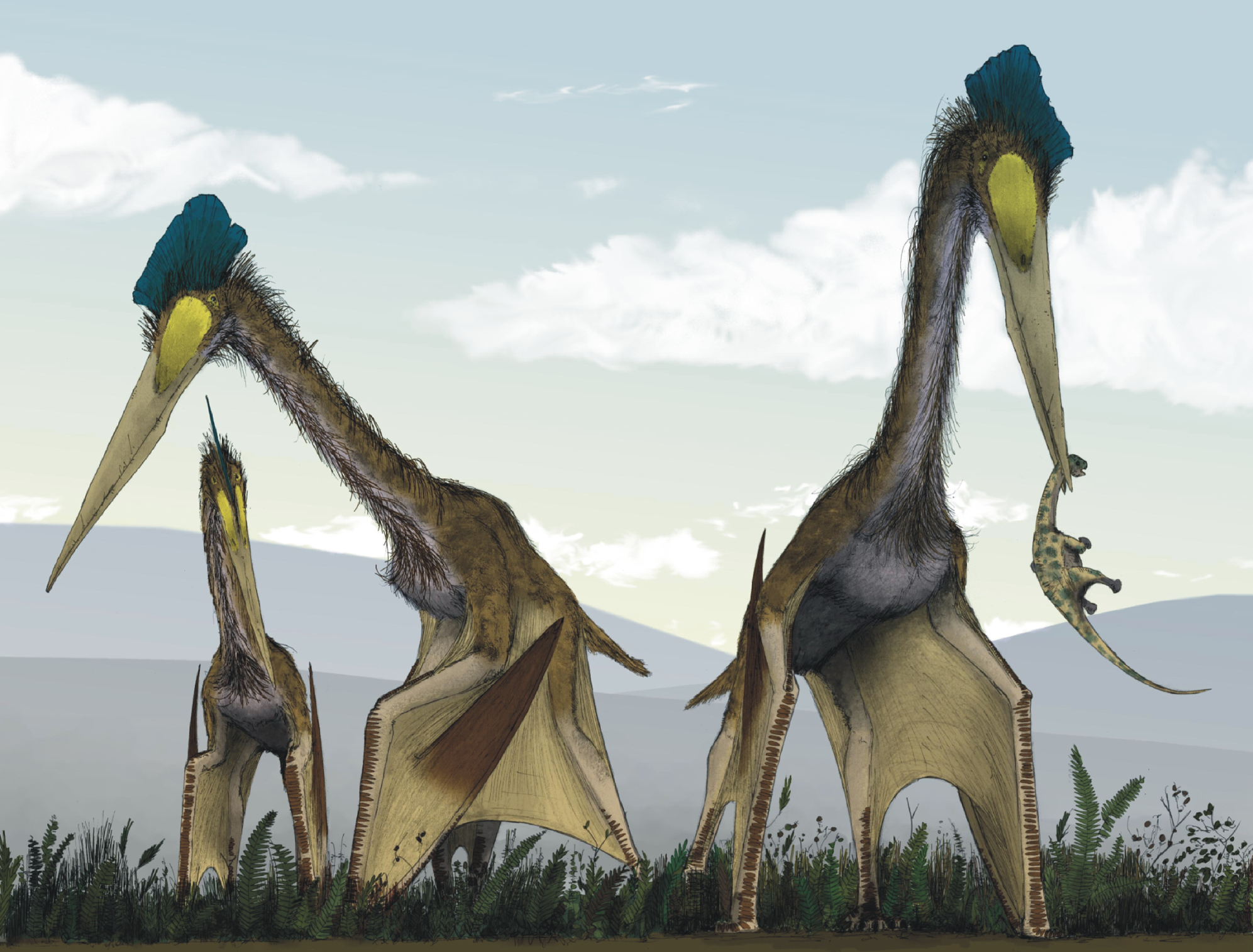
Boom! You saw this one coming, right? As the story goes, Tyrannosaurus rex, ankylosaurs, pterosaurs the size of planes, and all the other Cretaceous creatures were minding their own business when a huge asteroid collided with Earth. The non-avian dinosaurs were done. On the bright side, it gave mammals an opportunity to flourish and begin their own heyday on the planet. The Late Cretaceous was truly a pivotal moment in Earth’s evolutionary history, and humans would not exist without the mass extinction of 66 million years ago.
2. Early Cambrian, 541 million to 510 million years ago
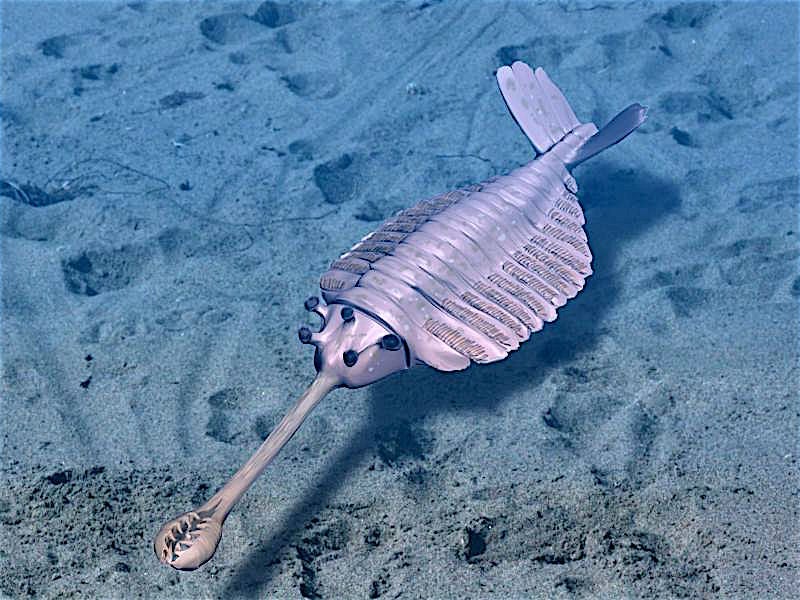
Three billion years after the earliest stromatolites but still 200 million years before the first dinosaurs, life hit its stride. This epoch — the onset of the Cambrian era — is known as the “Cambrian Explosion” for the amount of life that burst onto the scene. All time before the Cambrian Period is merely referred to as Precambrian, if that helps your understanding of this moment’s gravity.
The Cambrian ushered in a bizarre suite of sea creatures, many of which are preserved in the Burgess Shale that stretches across the Canadian Rockies. (Life wasn’t really a thing on land yet, but the waters were hoppin’.) The shifting of Earth’s geology means that the ancient seafloor is now marvelously preserved in the mountaintops. Our beloved trilobites enter the fray. Cambroraster falcatus, named for its resemblance to Star Wars’ Millennium Falcon, slurped up prey in its vacuum-like mouth. A 0.91 m predatory shrimp called Anomalocaris lurked. I’d call them weird, but we’re fleshy primates that travel in metal tubes and stare at pieces of glass all day, so…
1. Pleistocene, 2.6 million to 11,700 years ago
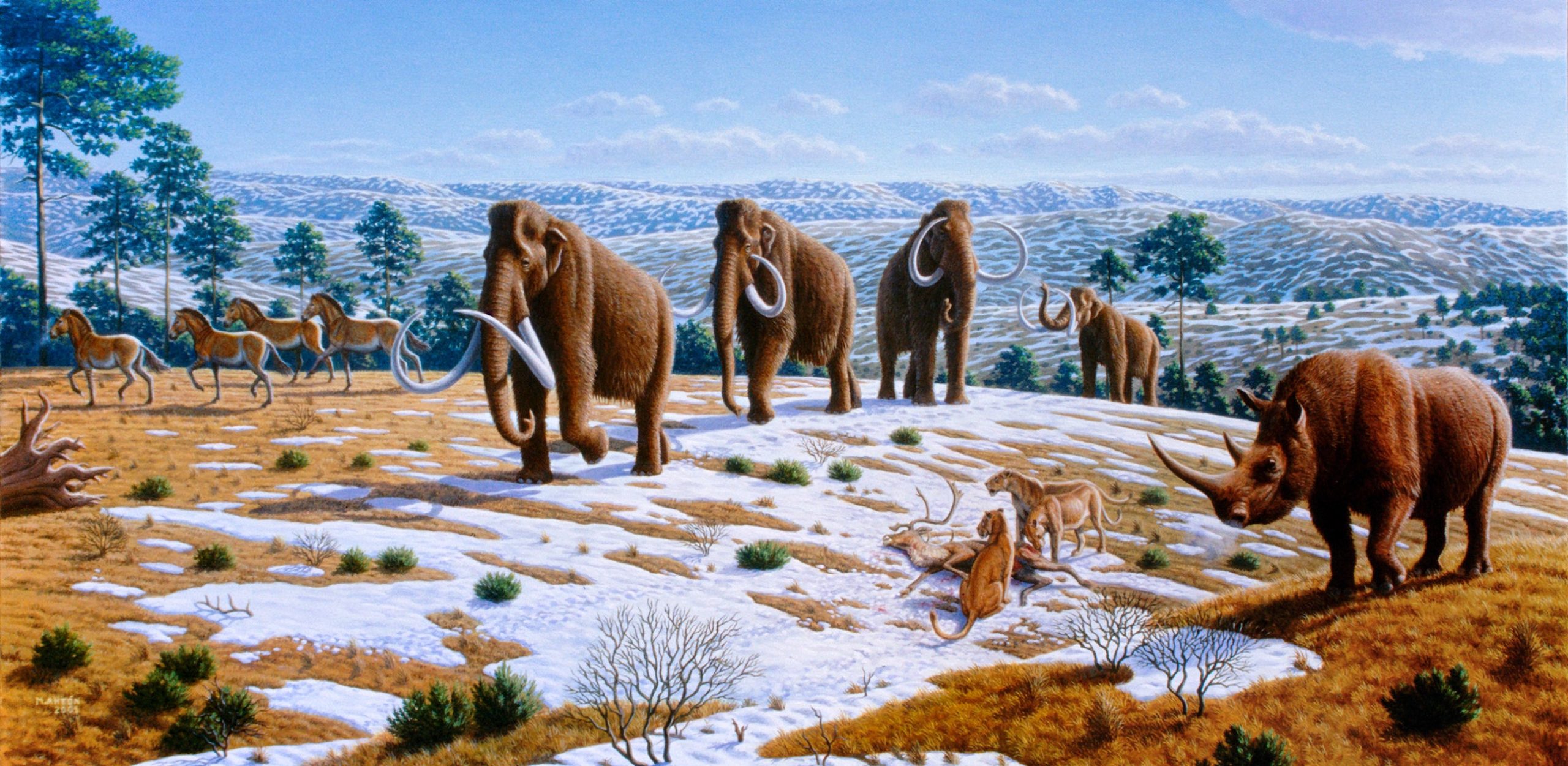
The very best time on Earth. Extremely recent as far as geologic time goes, the Pleistocene was momentous. It’s also the last chapter in which Earth’s climate was untarnished by human changes. Modern humans were around then, though, and we were busy interbreeding with Neanderthals and the Denisovans. The Pleistocene saw the first art, and, perhaps most importantly, woolly mammoths and adorably armoured glyptodonts bopped around the cooler stretches of the planet.
There were also cave bears, marsupial sabre-toothed tigers, and giant ground sloths. At one point, the recent northern glaciers reached as far south as Manhattan. The Pleistocene is a fascinating liminal space between our recorded history and deep time, one that holds many clues to how humans ended up the way we are today.
